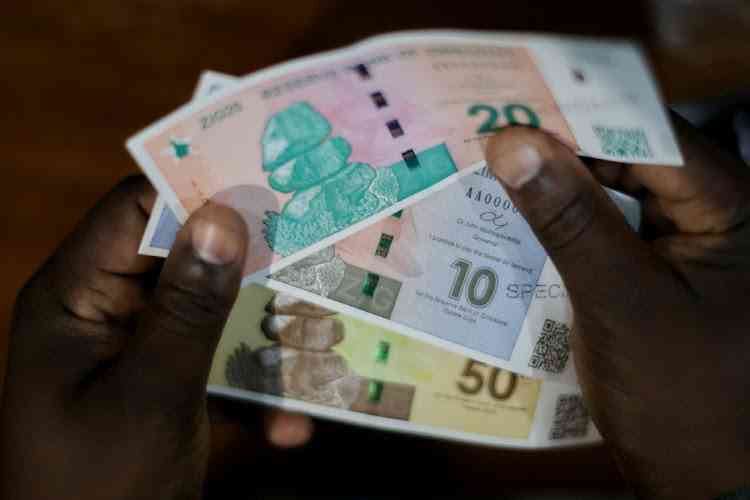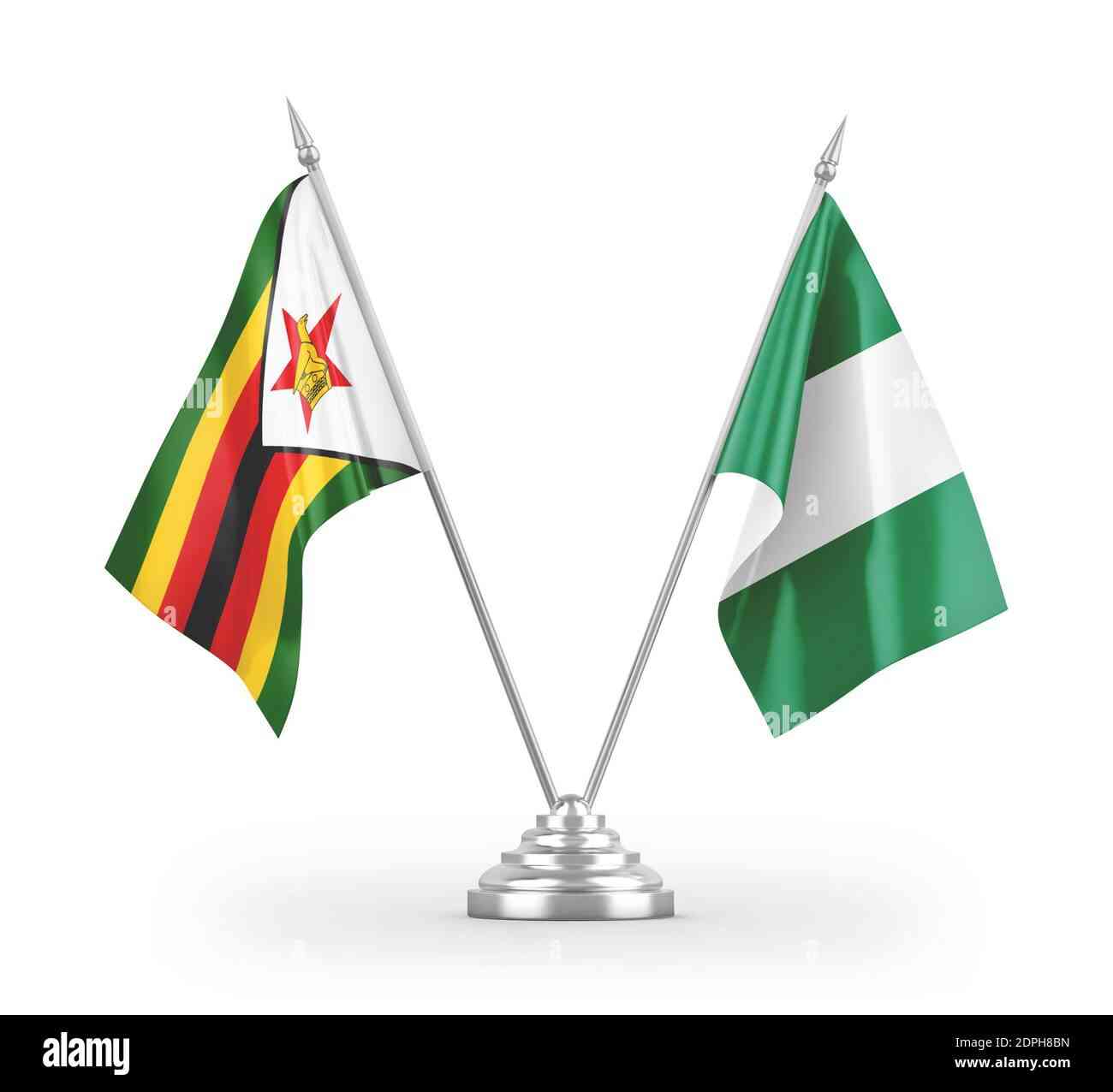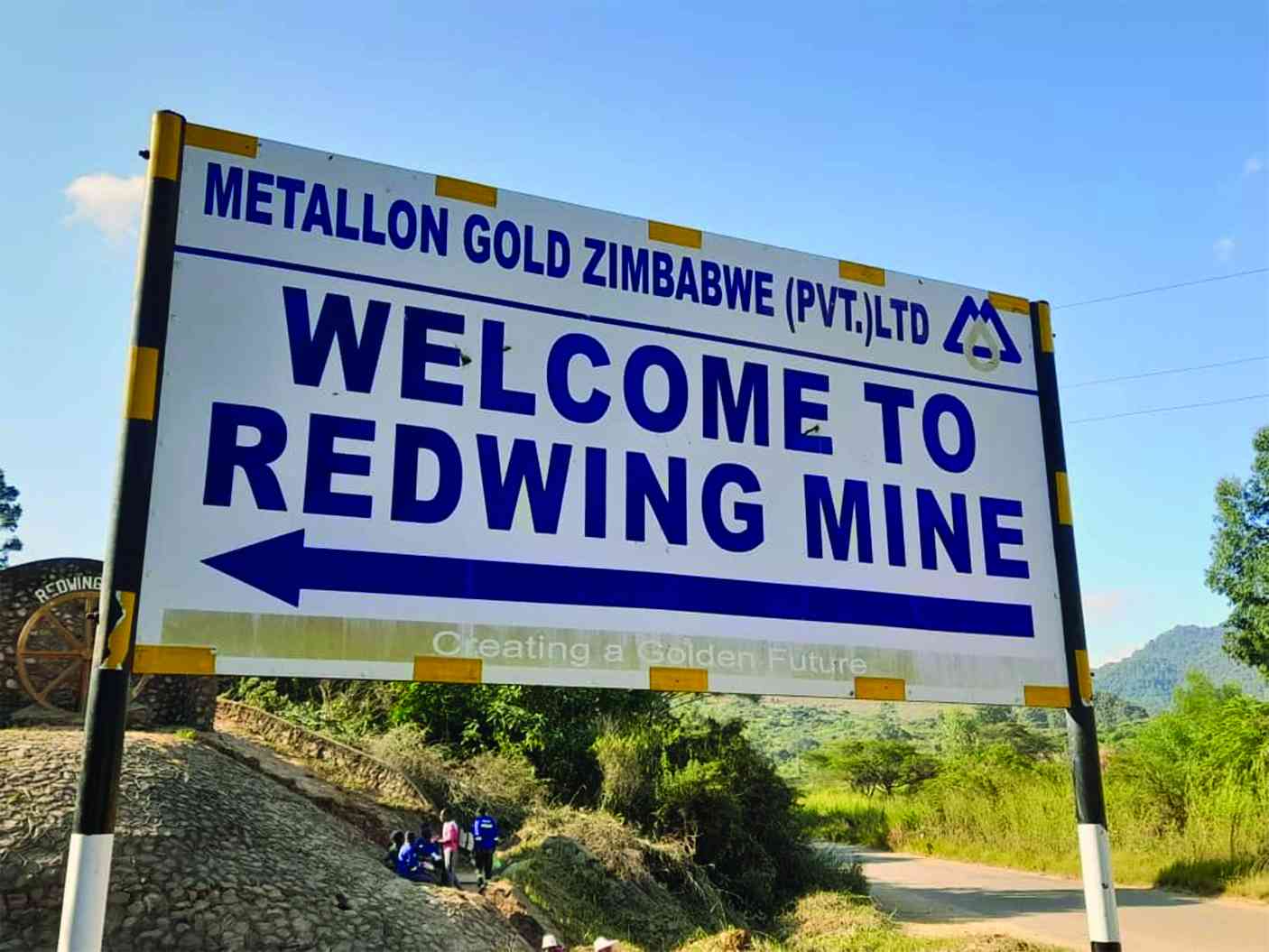
THE Zimbabwe Gold (ZWG) currency's marginal recovery in November has failed to alleviate concerns over its volatile value, with significant disparities between official and informal market rates persisting, according to a financial research firm.
Between September and October, the ZWG (ZiG’s international currency code) experienced rapid depreciation against the greenback.
This prompted monetary authorities to adopt a “back to basics” approach in a bid to stabilise prices and contain the free-falling local unit. In an analysis titled: Smoke and Mirrors? ZWG Strengthens for Third Consecutive Day, Takes in 9% Gains Equity Axis observed that though the unit had surged in value from ZWG26,99 to ZWG26,01 against the US dollar this month, value mismatches of the local unit on the market “raises concerns about the sustainability of the ZWG's gains”.
“The currency surged 3% from 26,99 to 26,01, translating to a 9% cumulative gain over three days. The increased value suggests easing pressure on the interbank foreign exchange market, indicating improved foreign exchange liquidity and reduced demand," the securities firm noted.
“However, the parallel market rate remains stubbornly range-bound between ZWG45-50 per USD, casting doubts on the effectiveness of the currency's appreciation.”
The think-tank noted that the “back to basics” approach announced by central bank governor John Mushayavanhu in September broadly focused on insulating the ZWG from shocks, fell short of instilling market confidence. This, Equity Axis further observed, revealed deep seated challenges.
“Nevertheless, the persistence of the parallel market rate and the lack of corresponding adjustments suggest potential underlying structural issues. Ultimately, the genuine impact of the ZWG's appreciation will only be realised when the parallel rate converges or narrows with the formal market rate, and exchange rates stabilise,” it said.
“Until then, scepticism surrounding the RBZ's interventions may persist, fuelling concerns that the currency's firming is merely a cosmetic adjustment rather than a meaningful correction.”
- Awards target married couples
- Awards target married couples
- Sibanda living his writing dream
- Pomona deal under spotlight as experts meet
Keep Reading
In essence, the true value of the ZWG would be based on market forces, Equity Axis further said.
“However, it is premature to suggest acts of rate fixing unless we draw from our past experiences with the Reserve Bank of Zimbabwe and its history of manipulating rates. For now, ZWG needs time to determine if it will sustain its appreciation,” the research body indicated.
“If it continues to rise, the market will likely respond favourably, if not, it would indicate that the bank hasn’t learned anything from previous missteps.”
Economist Chenayimoyo Mutambasere told the Independent yesterday that the gulf between the value of the ZWG on the parallel market and formal market exposed a confidence deficit in the local unit.
She said: “However, the fact that the parallel market rate remains significantly higher indicates ongoing concerns. This disparity suggests limited confidence in ZWG’s long-term stability, with economic agents still favouring foreign currency for security and purchasing power.”
The ZWG was introduced on April 5 trading at US$1: ZWG13,56.










